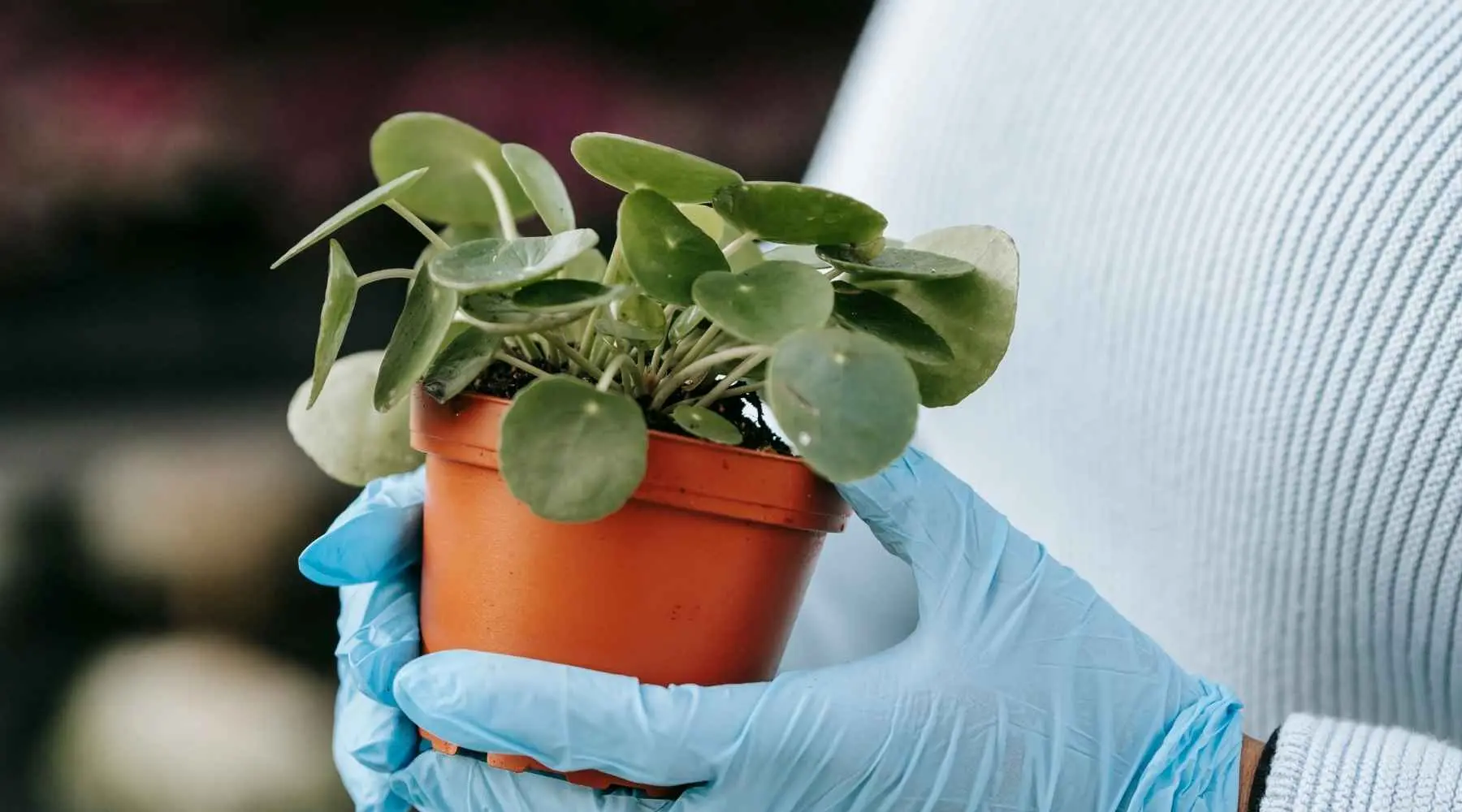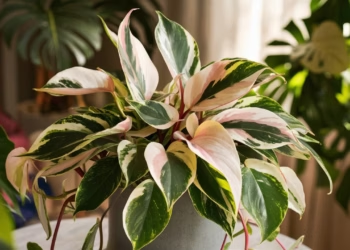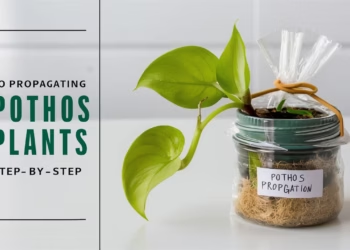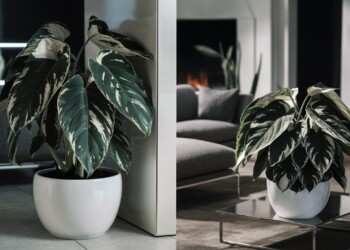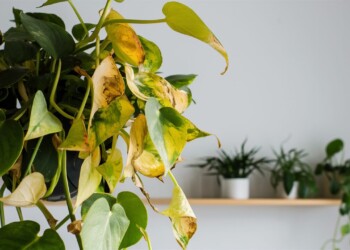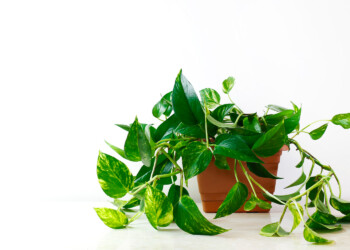The Pilea peperomioides, commonly known as the Chinese money plant, is a delightful addition to any indoor space. With its round, coin-shaped leaves and easy-going nature, it has become a favorite among plant enthusiasts. Originally from China, this plant has gained popularity worldwide due to its unique appearance and minimal care requirements. In this comprehensive guide, we’ll explore everything you need to know to ensure your Chinese money plant Care andthrives in its environment.
Table of Contents
Significance of Chinese Money Plant
The Chinese money plant holds cultural significance, believed to bring luck, prosperity, and good fortune to its owners. Its coin-like leaves symbolize wealth and abundance, making it a popular choice for homes and offices alike.
Choosing the Right Pot
Selecting the appropriate pot for your Chinese money plant is crucial for its growth and health.
Factors to Consider
When choosing a pot, consider factors such as size, material, and drainage holes. Opt for a pot that is slightly larger than the plant’s current container to allow room for growth. Additionally, ensure the pot has adequate drainage holes to prevent waterlogging, which can lead to root rot.

Ideal Growing Conditions – Pilea Plant Care
Creating the perfect environment for your Chinese money plant will promote healthy growth and vibrant foliage.
Optimal Temperature and Humidity
Chinese money plants thrive in moderate temperatures ranging from 65°F to 75°F (18°C to 24°C). Maintain a humidity level of around 50% to 60% to mimic its natural habitat.
Indoor Placement
Place your Chinese money plant in a location with indirect sunlight, such as near a north or east-facing window. Avoid direct sunlight, as it can scorch the leaves.

Watering and Drainage Tips: Pilea water
Proper watering and drainage are essential for the well-being of your Chinese money plant.
Watering Frequency
Water your plant when the top inch of soil feels dry to the touch. Ensure thorough watering, allowing excess water to drain out of the pot, typically on a weekly basis during the summer months and every fortnight in winter.
Avoid Overwatering
Overwatering can lead to root rot and other issues. Always empty saucers after watering to prevent water from accumulating at the bottom of the pot.

Sunlight Requirement
Understanding the sunlight needs of your Chinese money plant is key to its overall health and growth.
Indirect Sunlight
Chinese money plants prefer bright, indirect sunlight. Avoid placing them in direct sunlight, Position your plant on a shelf or side table where it can bask in gentle sunlight without risking sunburn or leaf damage..
Adjusting Light Exposure
Monitor your plant’s response to sunlight and adjust its placement accordingly. Rotate the pot occasionally to ensure even growth and prevent it from leaning towards a single light source. This encourages balanced development and ensures all parts of the plant receive adequate sunlight.

Soil Mix and Fertilization
Choosing the right soil mix and fertilization regimen will provide essential nutrients for your Chinese money plant.
Well-Draining Soil
Use a well-draining potting mix to prevent water from pooling around the roots. A mixture of peat moss, perlite, and compost works well for Chinese money plants.
Fertilization Schedule
Fertilize your plant monthly during the growing season (spring and summer) with a balanced liquid fertilizer. Reduce fertilization frequency during the dormant season (fall and winter).

Pruning and Propagation Techniques
Pruning and propagation are essential for maintaining the health and appearance of your Chinese money plant.
Pruning
Regularly remove dead or yellowing leaves to encourage new growth. Use clean, sharp scissors or pruning shears to make clean cuts.
Propagation Tips
Propagating Chinese money plants is a straightforward process that allows you to expand your plant collection effortlessly. Consider the following propagation methods:
- Stem Cuttings: Take healthy stem cuttings from your existing plant and root them in moist potting soil to establish new plants.
- Natural Propagation: Chinese money plants have a remarkable ability to produce baby plants from their roots and stems. Simply repot these offspring to propagate new plants.

Common Pests and Diseases
Identifying and addressing pests and diseases promptly will prevent damage to your Chinese money plant.
Common Pests
Keep an eye out for pests such as spider mites, mealybugs, and aphids. Treat infestations with insecticidal soap or neem oil.
Disease Prevention
Ensure proper ventilation and avoid overwatering to prevent fungal diseases such as root rot and powdery mildew.

Benefits of Chinese Money Plant
In addition to its aesthetic appeal, the Chinese money plant offers numerous health and wellness benefits.
Air Purification
Chinese money plants help purify the air by absorbing toxins such as formaldehyde and benzene, making it an excellent choice for indoor spaces.
Stress Reduction
Caring for plants like the Chinese money plant can reduce stress and improve overall well-being. Its calming presence can create a sense of tranquility in any environment.

Decorative Uses and Arrangements
Get creative with how you display your Chinese money plant to enhance your home or office décor.
Terrariums and Planters
Place your Chinese money plant in decorative terrariums or stylish planters to add a touch of greenery to any space.
Hanging Displays
Hang multiple Chinese money plants in macramé plant hangers or decorative baskets for a stunning vertical display.

Troubleshooting Guide
Encountering issues with your Chinese money plant? Here are some common problems and solutions.
Yellowing Leaves
Yellowing leaves can indicate overwatering or insufficient sunlight. Adjust watering frequency and ensure proper light exposure.
Wilting
Wilting may result from underwatering or root rot. Check the soil moisture level and adjust watering accordingly. Trim affected roots if root rot is detected.

FAQs
How do you care for a Chinese money plant indoors?
To care for a Chinese money plant indoors, place it in bright, indirect sunlight and water it when the top inch of soil feels dry. Use well-draining soil and avoid overwatering to prevent root rot. Chinese money plants thrive in moderate to high humidity, so misting the leaves or using a pebble tray can help maintain humidity levels. Additionally, rotate the plant occasionally to ensure even growth.
Do Chinese money plants need sun?
Chinese money plants prefer bright, indirect sunlight. They can tolerate some direct sunlight but may suffer from sunburn if exposed to intense sunlight for prolonged periods.
Where is the best place to put a Chinese money plant?
The best place to put a Chinese money plant is near a bright, indirect light source, such as a north or east-facing window. Avoid placing it in direct sunlight, as this can cause leaf burn. Additionally, ensure the plant is in a location with adequate airflow to prevent stagnant air around the leaves.
How often do you water a Chinese money plant?
Water a Chinese money plant when the top inch of soil feels dry. Depending on environmental conditions such as temperature and humidity, this typically ranges from once a week to every two weeks. It’s crucial to avoid overwatering, as Chinese money plants are susceptible to root rot.
Do Chinese money plants like to be wet?
No, Chinese money plants do not like to be consistently wet. Overwatering can lead to root rot and other moisture-related issues. It’s essential to allow the soil to dry out slightly between waterings to prevent waterlogged conditions.
Why is my Chinese money plant unhappy?
Several factors could contribute to a Chinese money plant being unhappy, including inadequate light, overwatering, underwatering, or poor soil drainage. Assess the plant’s environment and adjust watering, lighting, and humidity levels accordingly. Additionally, check for signs of pests or diseases, as these can also affect the plant’s health.
